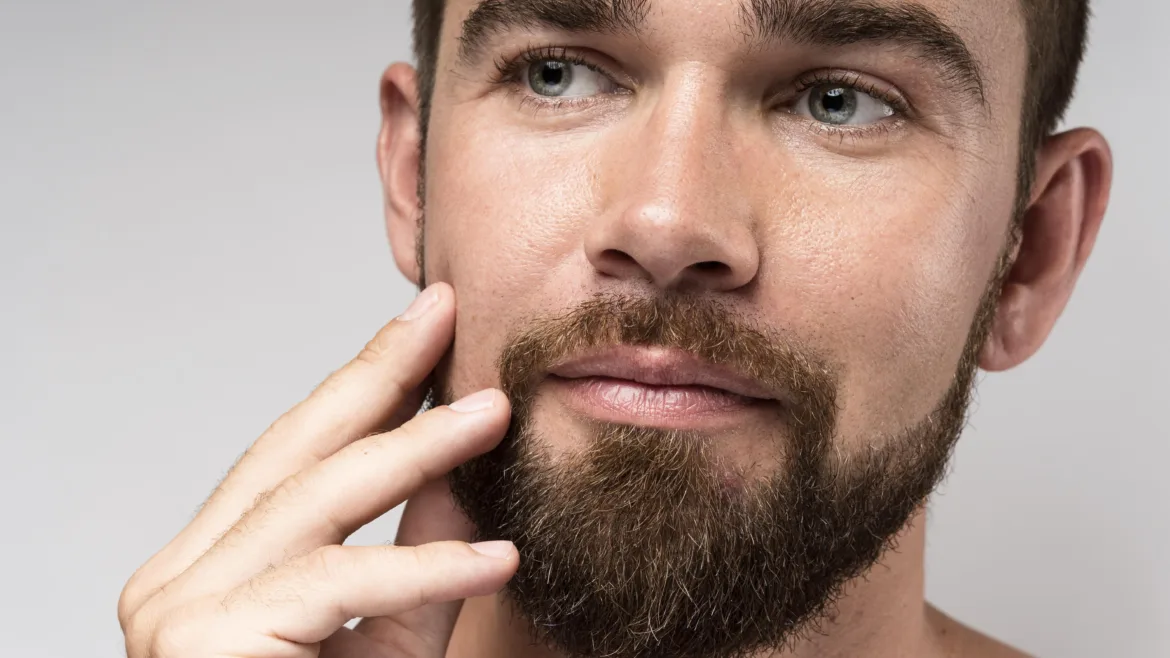Understanding Mustache Transplant Surgery
Mustache transplant surgery is a specialized procedure designed to help men achieve a fuller, more defined mustache. This surgical solution is ideal for individuals experiencing thinning, patchiness, or complete lack of mustache hair due to genetics, injury, or other factors. Here’s a detailed look at mustache transplant surgery, including its techniques, benefits, and considerations.
What is a Mustache Transplant?
A mustache transplant involves moving hair follicles from one part of the body, usually the scalp, to the upper lip area. This procedure helps create a natural-looking mustache, enhancing facial appearance and boosting confidence.
Techniques Used in Mustache Transplant Surgery
Two primary techniques are commonly used in mustache transplants: Follicular Unit Extraction (FUE) and Follicular Unit Transplantation (FUT).
Follicular Unit Extraction (FUE)
- Extraction: Individual hair follicles are extracted directly from the donor area using a micro-punch tool.
- Implantation: The extracted follicles are then implanted into the upper lip area, following the natural growth pattern of mustache hair.
Follicular Unit Transplantation (FUT)
- Strip Removal: A strip of scalp is removed from the donor area.
- Dissection: The strip is dissected into individual follicular units.
- Transplantation: These units are then implanted into the upper lip area.
The Mustache Transplant Procedure
Consultation and Planning
- Initial Consultation: A detailed consultation with a surgeon to discuss goals, expectations, and determine the best technique.
- Design: The surgeon designs the mustache shape and density based on the patient’s preferences and facial structure.
During the Procedure
- Anesthesia: Local anesthesia is administered to numb the donor and recipient areas.
- Harvesting: Hair follicles are harvested using either the FUE or FUT method.
- Preparation: The harvested follicles are prepared for implantation.
- Implantation: The follicles are implanted into tiny incisions made in the upper lip area, ensuring they follow the natural growth pattern of the mustache.
Post-Procedure
- Recovery: Patients may experience some swelling, redness, and discomfort, which typically subsides within a few days.
- Aftercare: Specific aftercare instructions are provided, including how to care for the transplanted area and avoid strenuous activities.
- Growth Timeline: Transplanted hair will initially shed within the first few weeks, but new growth usually begins within three to four months, with full results visible after 9 to 12 months.
Benefits of Mustache Transplant Surgery
- Natural Appearance: The transplanted hair blends seamlessly with existing facial hair, creating a natural look.
- Permanent Results: The results of a mustache transplant are typically permanent, as the transplanted hair follicles continue to grow naturally.
- Enhanced Confidence: A fuller, well-defined mustache can significantly boost self-esteem and confidence.
- Customization: The procedure allows for precise control over the shape, density, and overall appearance of the mustache.
Considerations and Potential Risks
Who is a Good Candidate?
Good candidates for mustache transplant surgery include individuals who:
- Have patchy or thin mustache growth
- Desire a fuller or more defined mustache
- Have adequate donor hair available (usually from the scalp)
- Are in good overall health
Possible Side Effects
While mustache transplants are generally safe, some potential side effects include:
- Swelling and Redness: Temporary swelling or redness in the donor and recipient areas.
- Infection: As with any surgical procedure, there is a risk of infection.
- Scarring: Minimal scarring can occur, particularly with the FUT method.
Limitations
- Cost: Mustache transplant surgery can be expensive, and insurance typically does not cover it as it is considered a cosmetic procedure.
- Time-Consuming: The procedure can be lengthy, often requiring several hours to complete.
- Variable Results: Individual results may vary, and achieving the desired density and fullness may require more than one session.
Conclusion
Mustache transplant surgery offers a permanent and effective solution for men seeking to enhance or restore their facial hair. With advancements in techniques such as FUE and FUT, patients can achieve natural-looking, long-lasting results. However, it is essential to consult with a qualified surgeon to determine the best approach and set realistic expectations. For those looking to embrace a fuller mustache, this procedure can provide a significant boost in confidence and self-image.

